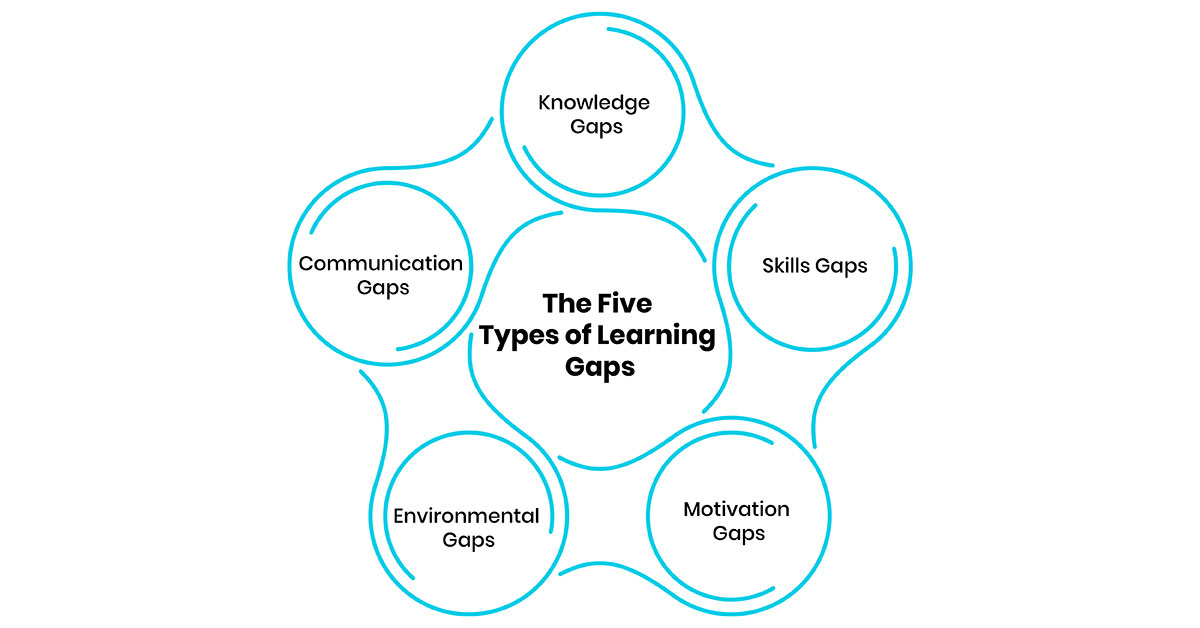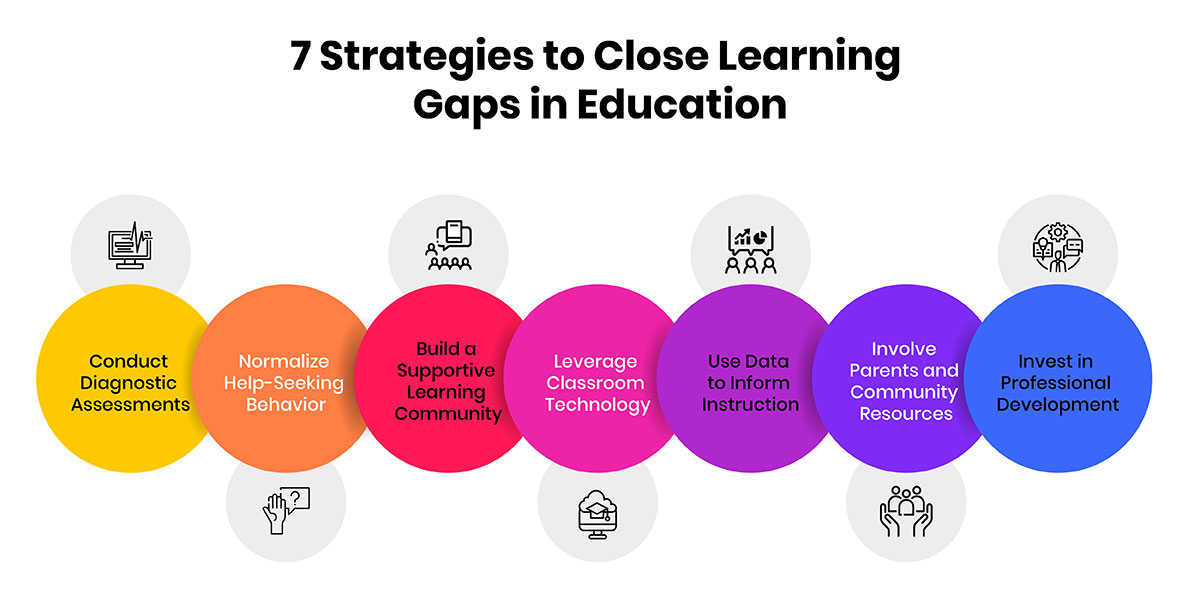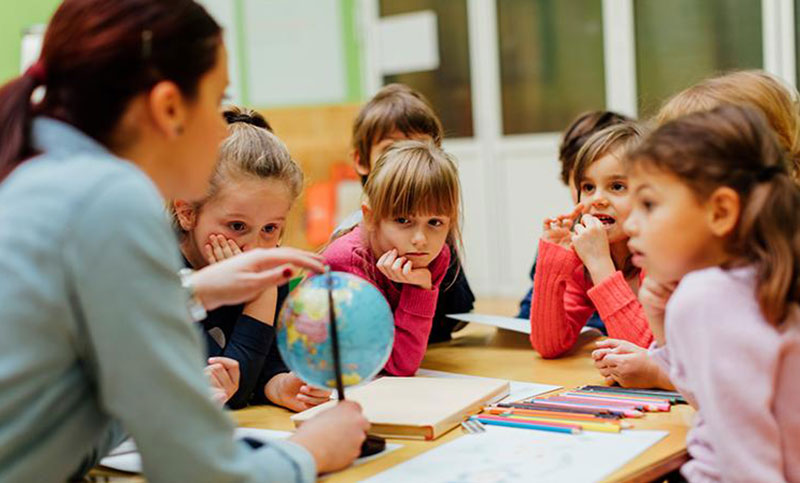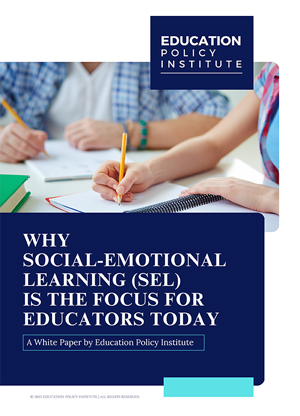In today’s classrooms, one of the most pressing challenges educators face is addressing the learning disparities that exist among students. Despite the collective goal of fostering every child’s potential, the reality often reveals gaps in comprehension that hinder progress. These gaps, if left unchecked, can significantly affect students’ ability to keep pace with their peers and continue their educational journey smoothly.
Learning gaps are not uncommon and occur across all grade levels. The widening of these gaps in recent years has made it increasingly difficult for teachers to create lesson plans that both bridge the divide and provide enough academic rigor. Without timely intervention, these gaps can widen further, affecting not only student performance but also overall educational outcomes.
To address these challenges, it is essential for educators to implement targeted strategies that focus on identifying and closing learning gaps while ensuring that students are continually motivated to excel. This article will explore various ways to effectively address learning gaps and create a more inclusive learning environment.
Understanding Learning Gaps: Barriers to Educational Progress
A learning gap refers to the difference between a student’s current level of understanding and the expected knowledge for their grade level. This gap can appear in one subject or span across multiple areas of education, affecting a student’s ability to grasp more advanced concepts. Much like missing pieces in a puzzle, gaps in foundational learning hinder further academic development, creating challenges as students progress to more complex topics.
The impact of learning gaps is often cumulative. For instance, difficulties with fundamental reading skills in elementary school can lead to struggles with reading comprehension in later grades. Over time, these gaps widen, making it harder for students to keep up with their peers. This not only affects their academic performance but can also harm their confidence, mental well-being, and social interactions.
It’s important to distinguish learning gaps from achievement gaps. While an achievement gap reflects unequal access to educational opportunities, a learning gap highlights specific knowledge areas that a student has not yet mastered. Addressing learning gaps requires targeted interventions to ensure students receive the support they need to reach their full potential.
Why Do Learning Gaps Arise?
Learning gaps arise from a variety of factors, making them a complex issue in education systems. One significant cause is the shift to virtual learning, which disrupted the traditional classroom environment. Despite teachers' quick adaptation to online platforms, many students were left behind. Studies, such as one by McKinsey, revealed that post-pandemic, K-12 students were, on average, five months behind in math and four months behind in reading. This gap widened further among students of color, highlighting the unequal impact of the crisis.
Another key factor contributing to learning gaps is the increasing size of classrooms. As more educators leave the profession, teachers are left with higher student-to-teacher ratios, making it difficult to provide individualized attention. This lack of personal support can prevent teachers from identifying students' specific academic challenges, causing gaps in learning to persist.
Additional factors include chronic absenteeism, learning disabilities, and unstable home environments, which can all prevent consistent educational progress. Without timely intervention, these gaps can compound, making it even harder for students to catch up and succeed in the long run. Addressing these learning disparities requires targeted efforts to ensure that every student has the opportunity to reach their full academic potential.
The Five Types of Learning Gaps
Recognizing and addressing learning gaps is essential to improving student outcomes. Just as students have unique learning styles, their learning gaps are often distinct as well. However, these gaps generally fall into five broad categories that teachers can identify to better support their students' progress.

-
Knowledge Gaps:
These occur when students lack the necessary foundational information to fully grasp a new concept. Without this critical knowledge, it becomes difficult for them to move forward in their learning journey. For example, a student may know about historical events but lack specific details like the dates or causes of those events. -
Skills Gaps:
Even if students possess the theoretical knowledge of a subject, they might struggle to apply it practically. This gap becomes evident when students are unable to perform specific tasks, such as operating tools in a vocational class or conducting experiments in science. -
Motivation Gaps:
Some students may simply lack the drive or interest to engage with new concepts. External factors, such as personal or family circumstances, often play a role in this, making it difficult for students to remain focused on academic goals. -
Environmental Gaps:
A student’s home or school environment can significantly impact their ability to learn. Those who lack access to a quiet or supportive space for studying, for example, may find it challenging to keep up with their peers. -
Communication Gaps:
Lastly, some students struggle with articulating or comprehending the material presented to them. This could stem from a language barrier, a learning disability, or simply unclear instruction, making it difficult for students to effectively process or share information.
Effective Ways to Identify Learning Gaps in Students
Identifying learning gaps in students is crucial for ensuring their academic progress. However, with larger class sizes and limited one-on-one time, teachers often struggle to pinpoint where individual students are falling behind. While traditional methods such as standardized assessments help provide a broad picture, there are other effective strategies that can offer deeper insights into each student’s needs.
One key approach is analyzing standardized test results over time. By comparing students' current performance with that of previous years, especially pre-pandemic benchmarks, educators can gauge the long-term impact of remote learning on comprehension. Such data helps in customizing lesson plans that target areas where students are less proficient.
Another method involves direct classroom observation. Experienced teachers often notice learning gaps by monitoring students' engagement and performance during lessons. Quick quizzes or spontaneous assessments can also highlight gaps in understanding before moving on to new topics.
Incorporating student feedback is another valuable tool. Encouraging students to reflect on their learning through questionnaires or casual check-ins can reveal areas where they feel less confident. Many times, students know where they struggle but are hesitant to ask for help, so this approach provides a non-threatening way for them to express their concerns.
Curriculum analysis is also important in identifying learning gaps. Teachers can assess whether the materials being used adequately support all learners. Revisiting foundational concepts before introducing advanced topics, for instance, can help students catch up with their peers.
Finally, parental input plays a vital role. Regular communication between teachers and parents can uncover gaps that might not be evident in the classroom but are visible at home. When both parties collaborate, they can develop a more effective plan to address any areas where the student is struggling.
Strategies to Close Learning Gaps in Education
Learning gaps can significantly impact a student’s academic progress and career readiness. Early identification and intervention are essential. Here are few strategies for educators to effectively address these gaps:

-
1. Conduct Diagnostic Assessments
Diagnostic assessments help gauge students' understanding before introducing new content. By identifying areas of struggle, teachers can tailor instruction and plan bridge courses to strengthen foundational knowledge. -
2. Normalize Help-Seeking Behavior
Creating an environment that encourages students to seek help is crucial. Establishing clear pathways for assistance—through one-on-one discussions or tutoring—allows teachers to address issues promptly. -
3. Build a Supportive Learning Community
Authentic relationships foster trust, making students more likely to share their academic struggles. Regular check-ins and peer support can accelerate the process of closing gaps. -
4. Leverage Classroom Technology
Digital platforms enhance accessibility and engagement. These tools provide real-time data to track student progress and adjust lessons, accommodating diverse learning styles. -
5. Use Data to Inform Instruction
Teachers should leverage data from assessments and observations to guide instruction. Insights from classroom technology can pinpoint where students are struggling, allowing for timely adjustments. -
6. Involve Parents and Community Resources
Engaging parents and community resources enhances support for students. Collaborative efforts help reinforce learning and address gaps effectively outside the classroom. -
7. Invest in Professional Development
Ongoing professional development equips teachers with the latest strategies for addressing learning gaps. This training helps educators personalize lessons and implement data-driven approaches.
Conclusion
Addressing learning gaps in K-12 education is essential for shaping students' futures and building an equitable learning environment. By recognizing the diverse nature of these gaps and implementing targeted strategies, educators can empower students to overcome challenges and reach their full potential. Creating a culture of support, leveraging technology, and engaging families are crucial in this process. Ultimately, the commitment to understanding each student's unique journey will not only bridge the divide but also inspire resilience and confidence in learners, preparing them to thrive in a rapidly changing world.





